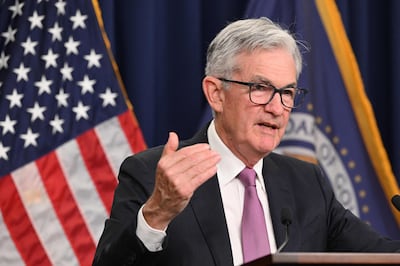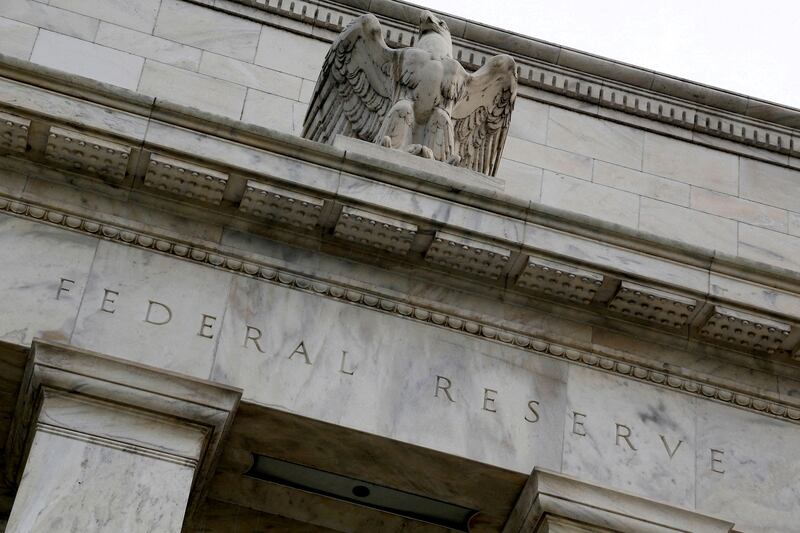The focus this week is squarely on the US Federal Reserve’s policy announcement on Wednesday, November 2. The Federal Open Market Committee (FOMC) is expected to raise the Fed Funds rate by 75 basis points for the third consecutive time, taking the upper bound to 4 per cent, the highest since 2007.
At the start of this year, few analysts could have predicted the size and speed of the Fed’s rate increases in 2022. On January 3, 2022, Fed Funds futures predicted only 75 bps in rate increases for the whole of this year. But the surge in inflation — partly due to the commodity price shocks following Russia’s invasion of Ukraine in February — has forced the Fed to move much more aggressively in terms of monetary policy tightening.
However, the US economy has been surprisingly resilient in the face of 300 bps of rate increases, as well as rising consumer prices. The first estimate of third quarter gross domestic product came in above market expectations at 2.6 per cent, quarter on quarter annualised, and showed robust — albeit slowing — growth in personal consumption.
Households continued to spend on goods and services through September even as the prices of those goods and services rose at the fastest pace in more than 40 years.
The strength of consumer spending is probably due to the strength of the labour market — unemployment is at a 30-year low and both jobs and wage growth have consistently exceeded expectations this year.
Spending has probably also been supported by stronger household balance sheets after consumers paid down credit cards and built up savings during the pandemic. While credit card debt has increased this year, it remains below the level in the fourth quarter of 2019.
With the US economy still growing at a solid rate, and unemployment well below 4 per cent, there is plenty of room for the Fed to continue to raise rates to curb inflation, which remains stubbornly high.
The headline Consumer Price Index eased to 8.2 per cent, year on year, in September from a 2022-peak of 9.1 per cent in June but core inflation (which excludes food and energy) accelerated to 6.6 per cent in September — more than three times the Fed’s 2 per cent target — on higher housing, transport and medical care costs.

Nevertheless, the S&P 500 rallied around 8 per cent in October as markets anticipated a slowdown in the pace of Fed rate increases. Recent survey data has pointed to softness in output both in manufacturing and services, as well as indications that the labour market may be turning.
Some Fed officials have also indicated that the central bank may need to move forward with rate increases in smaller increments, given the time lags between policy changes and their impact on the real economy.
Markets also took heart from the Bank of Canada’s smaller than expected rate increase and the European Central Banks’s “dovish hike” last week, which suggested that global central banks may be closer to the end of their rate increase cycles than the start.
As such, Fed Chairman Jerome Powell’s comments after the FOMC meeting may be more important for the market than the 75 bps the committee is expected to deliver.






